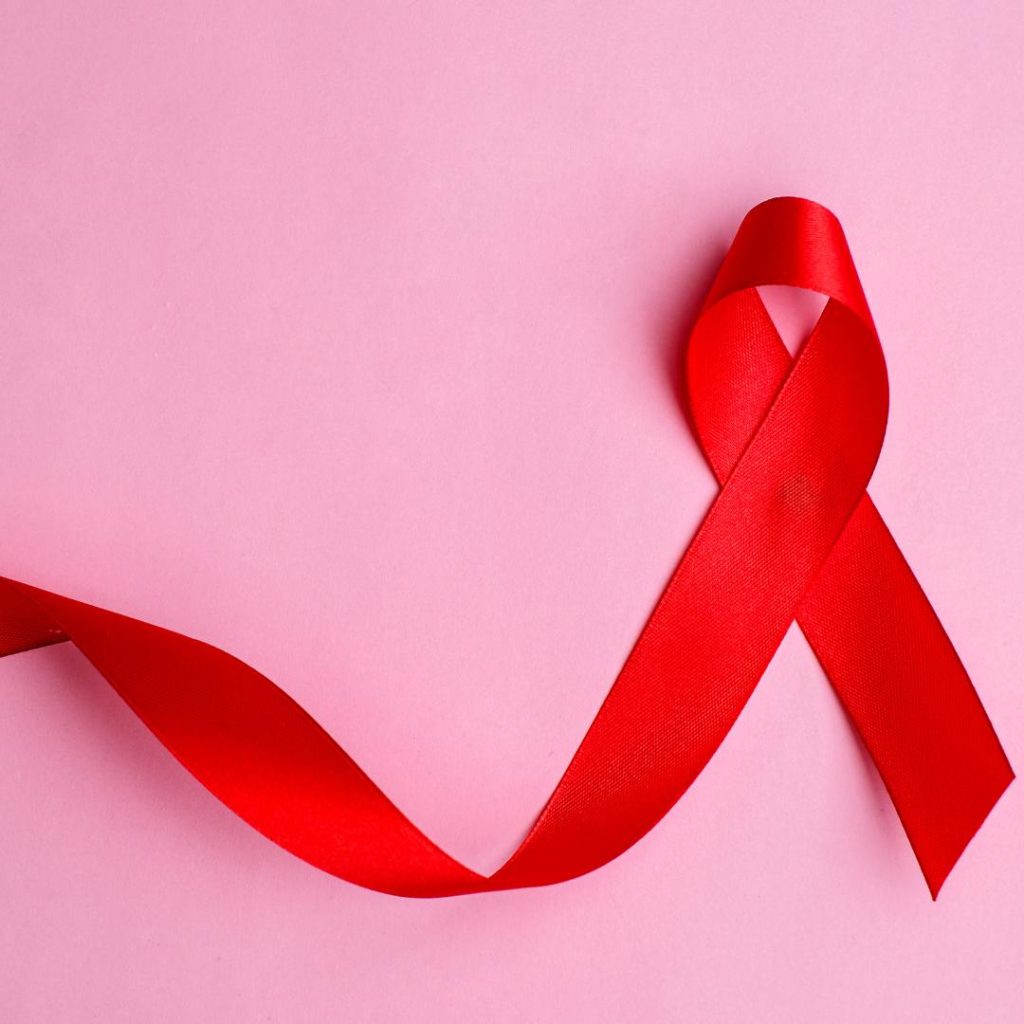Behavioral good news on World Aids Day

In South Africa, the number of HIV infections is falling significantly for the first time - but it is far too early to sound the all-clear.
According to a study, an incredible 12.7 percent of South Africans are still infected with the HI virus, although the figure was significantly higher in 2017. At that time, 14 percent of the population was infected.
The South African research agency Human Sciences Research Council (HSRC) has now come to this new conclusion.
Reasons for the decline
According to HSRC Head of Research Khangelani Zuma, there is no simple explanation for the decline in the number of infections. Rather, the reasons are complex.
The study shows that progress has been made in South Africa, one of the countries worst affected by AIDS, but not only that.
Accordingly, the infection rates are unevenly distributed in the various geographical regions and population groups.
The black population, women (HIV prevalence among women is 20 percent, almost twice as high as among men at 12 percent) and young people are particularly affected.
The capital of eastern KwaZulu-Natal, Durban, is a hotspot with 22 percent, while "only" eight percent of people over the age of 15 are affected in Cape Town in the southwest of the country.
At 20 percent, the colored population is more affected than the mixed population group of "Coloureds" (five percent), while the figure for whites, Indians and other Asians is only around one percent.
"The most pronounced differences in HIV prevalence by gender were found in younger population groups, which calls for targeted interventions," explained study leader Zuma.
There are more individual HIV cases in South Africa than in any other country.
The mortality rate is more than 85,000 people a year.
Now, the increasing use of antiretroviral therapy drugs (ART) has massively changed the outlook for HIV/AIDS patients for the better.






